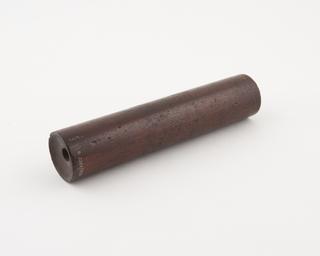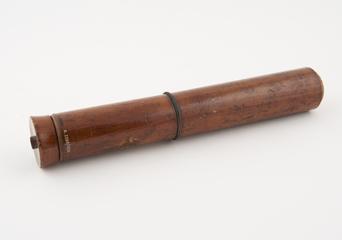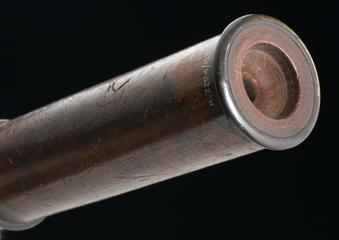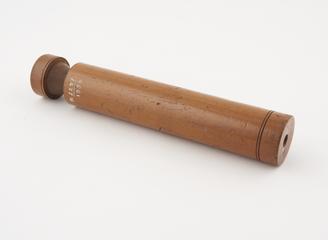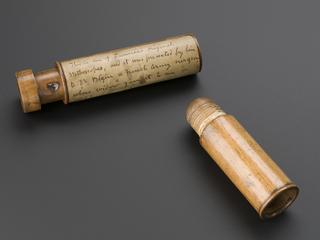
French physician René Théophile Hyacinthe Laennec invented the stethoscope. It helped doctors listen to the sounds of patients’ bodies. Laennec began his medical studies with his uncle, a doctor in Nantes, but the French Revolution interrupted his training. He served as a medical cadet in the revolutionary army before moving to Paris in 1801 to continue studying.
More
Laennec was an outstanding student, receiving several prizes, and had a gift for pathological anatomy. His teacher Corvisart introduced him to the diagnostic technique of percussion, which Corvisart had learned about from a publication by Austrian physician Auenbrugger. Laennec’s political conservatism long prevented his appointment to a prestigious academic post. It took until the French monarchy was restored in 1815 for him to receive a position at the Necker Hospital, and later at the Paris Medical School.
Laennec made an observation around 1816 which changed diagnosis history. He was consulted by a young female patient with heart problems. Laennec considered it improper to listen to her heart by putting his head on her chest. Instead he rolled a piece of paper into an elongated tube. He placed one end on the patient’s chest and the other at his own ear. The tube communicated the sounds of the heart, and so helped him diagnose his patient without jeopardising her modesty. He subsequently developed a robust wooden tube to replace the paper tube, calling it the stethoscope. The instrument helped doctors diagnose by supporting their natural sense of hearing. It also supported Laennec’s belief that diseases are caused by pathological alterations, so-called ‘lesions’, located in specific parts of the body.
Key dates:
1795 - commissioned a third surgeon at the Hôpital de la Paix and Hospice de la Fraternité
1799 - returned to medical studies after a short break, surgeon Hôtel-Dieu in Nantes, entered École Pratique in Paris and studied dissection under Dupuytren
1802 - published first paper; 1803 awarded prize for surgery and medicine
July 1804 - associate of the Société de l'École de Médicine
1808 - founded Athénée Médical
1812-1813 - France at war and took charge at the wards in the Salpêtrière
1830 - physician Necker Hospital; studied bronchial diseases
1819 - returned to his estates at Kerbouarnec; returned to Necker Hospital
1822 appointed chair and lectureship at Collège de France
1823 - full member Académie de Médicine
1824 - Legion of Honour chevalier
1824 - married his housekeeper
1826 - left Paris


